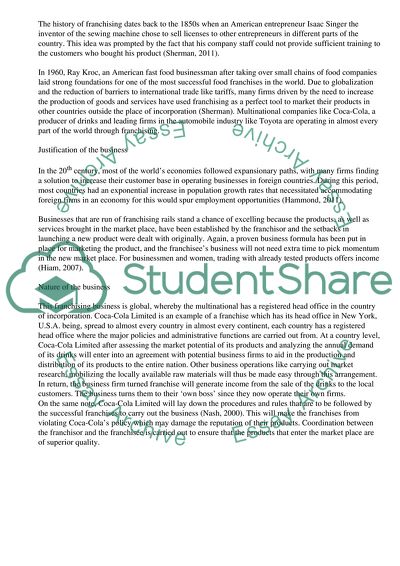Cite this document
(“Franchise Business Research Paper Example | Topics and Well Written Essays - 1250 words”, n.d.)
Retrieved from https://studentshare.org/business/1433103-franchise-business
Retrieved from https://studentshare.org/business/1433103-franchise-business
(Franchise Business Research Paper Example | Topics and Well Written Essays - 1250 Words)
https://studentshare.org/business/1433103-franchise-business.
https://studentshare.org/business/1433103-franchise-business.
“Franchise Business Research Paper Example | Topics and Well Written Essays - 1250 Words”, n.d. https://studentshare.org/business/1433103-franchise-business.


